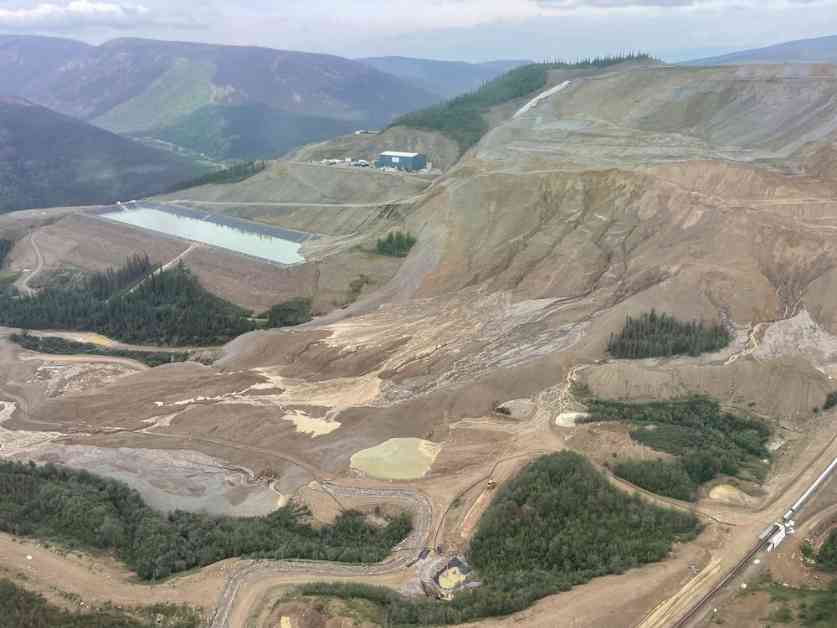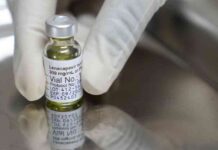Mercury contamination has been detected in water samples downstream of a gold mine disaster in the Yukon. The spill, which occurred in June, released several million tonnes of contaminated rock into the environment. The Yukon government has found elevated levels of mercury, cobalt, and cyanide in water samples taken from Haggart Creek near the Eagle Gold mine site, exceeding water quality standards.
The mining operation at the site used chemicals to extract gold, leading to the contamination of the water. Further testing is being conducted to assess the presence of methyl mercury, a type of mercury that accumulates in animals. Despite the high levels of contaminants found in the creek, the government states that the health risk to people living downstream is not significantly increased.
As a precaution, the government advises against consuming fish caught near the mine site. Efforts are underway to address the contamination, including the construction of a water treatment plant and the completion of a safety berm, which was initially neglected by the mine’s owner despite regulatory orders.
During the winter months, experts will assess the stability of the mine’s heap leach facility to determine the best course of action for stabilizing it. The government is committed to addressing the environmental impact of the mining disaster and protecting the health of local residents.
While the situation is concerning, the government is taking steps to mitigate the effects of the contamination and ensure the safety of the surrounding environment. Monitoring and remediation efforts will continue to safeguard the ecosystem and prevent further harm from the mining disaster. It is crucial for all stakeholders to work together to address the challenges posed by the contamination and prevent similar incidents in the future.






















